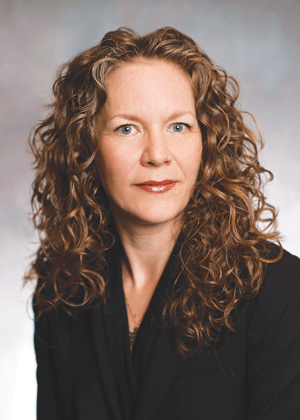
When Koskie Minsky LLP, Sotos LLP, and Siskinds LLP decided to launch a $1-billion class action alleging that a coterie of the world’s largest financial institutions had conspired to rig foreign-exchange markets using electronic chat rooms with names such as “The Cartel,” “The Bandits Club,” and “The Mafia,” they felt obliged to sue 49 defendants.
 The list of defendants reads like an all-star team of financial institutions and includes the Royal Bank of Canada, Bank of America, The Bank of Tokyo Mitsubishi, Barclays Bank, BNP Paribas Group, Citigroup, Credit Suisse, Deutsche Bank, Goldman Sachs, HSBC, JPMorgan Chase & Co., Morgan Stanley, Royal Bank of Scotland, Société Générale, Standard Chartered, and UBS.
The list of defendants reads like an all-star team of financial institutions and includes the Royal Bank of Canada, Bank of America, The Bank of Tokyo Mitsubishi, Barclays Bank, BNP Paribas Group, Citigroup, Credit Suisse, Deutsche Bank, Goldman Sachs, HSBC, JPMorgan Chase & Co., Morgan Stanley, Royal Bank of Scotland, Société Générale, Standard Chartered, and UBS.
It’s not at all clear how many defence firms they’ll need. But the lengthy list of defendants, virtually all of whom would be seeking representation from blue-chip law firms, illustrates a problem that could become more common as class actions increasingly take on not only a cross-border but also a global hue. The problem is the relatively small size of Canada’s legal market.
“We sued subsidiaries as well as the parent companies, and it may be that some of the subsidiaries will need separate counsel,” says Kirk Baert of Koskie Minsky LLP. “There are many great class action defence firms in Canada, but I’m not sure there are 49 of them.”
In fact, it’s clear that there aren’t.
“There are probably about 20 firms in our market who are experienced in large-scale, multijurisdictional class firms,” says Chris Naudie of Osler Hoskin & Harcourt LLP. “It’s a uniquely Canadian issue because our legal market is so much more concentrated than the U.S. market.”
Among other things, that means many of the firms may be primary litigation counsel for more than one of the defendants.
“When class actions arise, it’s not uncommon for law firms to be contacted by multiple established clients,” says Naudie. “That leads to certain internal decision-making processes that can be hectic.”
Wendy Berman of Cassels Brock & Blackwell LLP describes the process as “getting the long knives out” as lawyers press the firm to take on their particular clients.
Aggravating the situation is the fact that the 20 or so firms that have experience in large-scale class action defence tend to specialize in certain areas, such as securities, competition or intellectual property law.
“So if you have an intellectual property case, for example, you may have no more than five firms that are experienced in that subject matter,” says Naudie.
But Berman’s partner at Cassels Brock, Glenn Zakaib, says that’s not necessarily a problem.
“When we’re working on a particular class action, we regularly draw on solicitors in our firm who are experienced in the area,” he says.
Naudie also points out that the Canadian legal market has deep expertise in litigation generally.
“National class action experience is helpful, but clients may just not be able to get it,” he says.
Berman, however, says clients have become increasingly familiar with that reality. “Clients can’t be as conservative as they might have been in the past when choosing class counsel,” she says. “It’s all part of everyone becoming accustomed to the new ways of doing things.”
Indeed, clients have banded together even when their interests aren’t exactly the same.
In a recent securities class action, for example, one firm acted for all of the underwriters involved even though there were differences in the presentation of their due-diligence defences, says Berman.
There are also remedies even in the case of outright conflicts.
“You can have different teams of lawyers working for different clients within the firm,” says Zakaib. “But that’s unusual.”
However that may be, things aren’t likely to change.
“The reality of complex commercial litigation today is that it’s not uncommon to have dozens of defendants embroiled in cross-border class proceedings,” says Naudie.
And quite apart from the difficulties involved in finding counsel, co-ordinating a seamless defense strategy may be an even greater challenge. Consequently, joint defence agreements or arrangements are on the rise.
“The idea is to have extremely specialized teams drawn from a number of defence firms exploring particular issues and particular motions,” says Naudie. “Remember, the resources that defendants can draw on is enormous when they combine the legal talent and financial wherewithal available to them.”
The result is a note of caution for the plaintiffs’ bar. “Counsel have to be sure that they’re not making a case unmanageable by suing everyone in sight,” says Naudie.
But even if they do, the class action defence bar has come a long way since class proceedings came to Ontario some 25 years ago.
“At the outset, we all had to learn what class actions were about. But that hasn’t kept the bar from growing, and my guess is that it will probably continue to do so,” Zakaib says.
Editor's note: Story modified Oct. 29 to correct a quote.